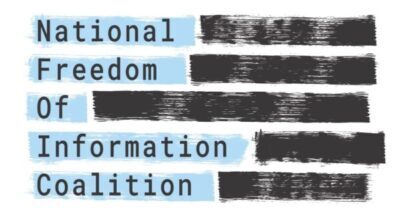Although the FBI reported in September that murder was up almost 15 percent, based on data from agencies that reported three to six months of comparable data for both 2019 and 2020, the antiquated national crime data collection and reporting system makes it hard to confidently say what is causing the spike or what can be done about it, USA Today reports.
Prosecutors’ offices in places such as Chicago and Philadelphia have begun publishing open data on their activities, but the models they use for reporting even the most basic statistics on criminal justice are “severely broken,” write commentators Jeff Asher and Ben Horwitz.
The FBI has used the Uniform Crime Reporting Summary Reporting System, which was created in 1929, for the past nine decades, and yields substantial lack of data on a variety of critical measures across the criminal justice system, including incidents involving potential police misconduct.
As a result, crime data reporting is mostly the same today as it was 90 years ago. And while efforts have been made to improve, the most glaring issues remain: agencies aren’t required to report data, and those that do report are often not asked to provide data in a way that’s useful.
Read more at The Crime Report.
